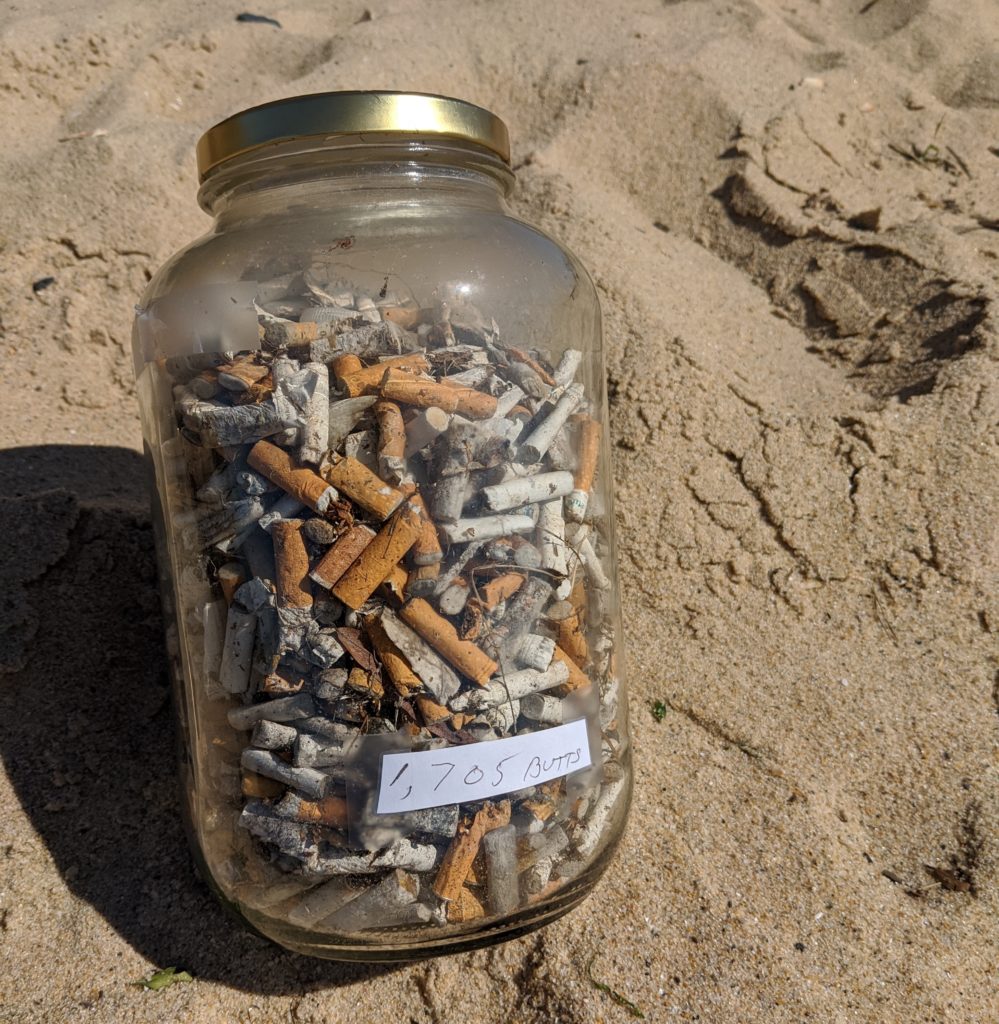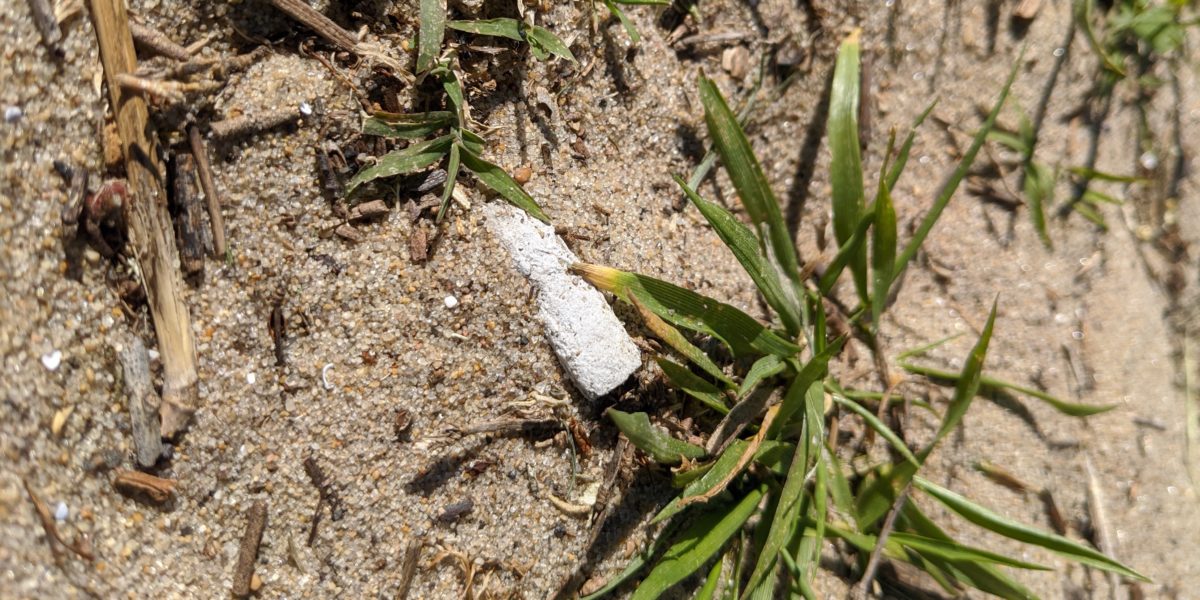Most of us learn from an early age about the dangers cigarettes pose to our health. But how many of us learn about the dangers they pose to the environment? For most of us, it never enters our minds.
But consider these numbers:
- 25 million pounds of pesticides are used on tobacco crops each year.
- 950,000 pounds of toxic chemicals are produced each year in cigarette manufacturing.
- 2.8 million tons of carbon dioxide and 5.7 million tons of methane are released globally each year when cigarettes are smoked.
Even the cigarette butts that litter our roadways and waterways have a destructive environmental impact. They are made of cellulose acetate, which is a type of plastic. This plastic may break down into smaller and smaller pieces, which end up in the food chain—and sometimes on our dinner plates.
But that’s not all. You know what else is in cigarette butts? Arsenic, lead, and formaldehyde. When these butts end up in waterways, their toxins leach into the water, exposing aquatic plants and animals to these deadly elements.

“Cigarettes have lots of nasty chemicals in them, which is why they have filters,” says Kristen Lycett, executive director of the Phillips Wharf Environmental Center, a nonprofit in Easton, MD focusing on environmental education. “But when the cigarette is smoked, those chemicals are released into the atmosphere. Some remain in the cigarette butt, and when the butt is improperly discarded, they start to leach into the soil. Eventually, these chemicals enter the water table and make their way into the Chesapeake Bay. Other times, the butts are dropped or washed right into the water. Even a single cigarette in a liter of water can be toxic to some aquatic animals.”
This damage goes largely unnoticed by the public, which is why the Phillips Wharf Environmental Center has made public education about cigarette waste one of its missions. “While some organizations come at cigarette waste from a health perspective, we come at it from an environmental one,” says Lycett. “Anywhere in Talbot County [where Phillips Wharf is located], you can walk along the roadside or the beach and see the cigarette waste. It’s ubiquitous. We want to make sure that this waste ends up in the right receptacle.”
Education starts with school children, instilling a sense of environmental stewardship from a young age. One of Phillip Wharf’s programs is aimed at fourth graders, for whom it put together a virtual program during the pandemic that included videos, worksheets, and stories about the impact of cigarette waste on the local waters and wildlife. This year, the program will be in person and utilize Phillips Wharf’s traveling aquarium, the Fishmobile. “These kids are always surprised to learn about the impact cigarette waste can have,” says Lycett. “By showcasing the damage on animals, kids make a personal connection to this issue.”

Lycett notes that there are multiple ways to combat cigarette waste, and she invites all of us to join in.
- Don’t start smoking in the first place.
- Put cigarette waste in the trash, not on the ground or in the water. (“Some areas even have recycling programs, where cigarette butts are collected and transformed into park benches,” she says.)
- Join a trash clean-up day.
“Even if you don’t smoke, you can help by joining one of our clean-ups and making sure trash, including cigarette waste, does not end up in nearby waterways,” Lycett concludes. “Together, we can connect our daily actions to the health of the Chesapeake Bay and the animals that call it home.”
To learn more about Phillips Wharf Environmental Center and support their efforts to reduce cigarette waste and its resulting environmental consequences, visit phillipswharf.org.
Sustainably,
Bobby Firestein
For our 2022 Ecoprint calendar, Protecting the Natural Beauty of the Chesapeake Bay, we have partnered with 13 different organizations, all dedicated to helping solve the environmental challenges in this important ecological hub. Phillips Wharf Environmental Center is our featured partner for the month of April. To get your own 2022 Ecoprint calendar, click the button below.

